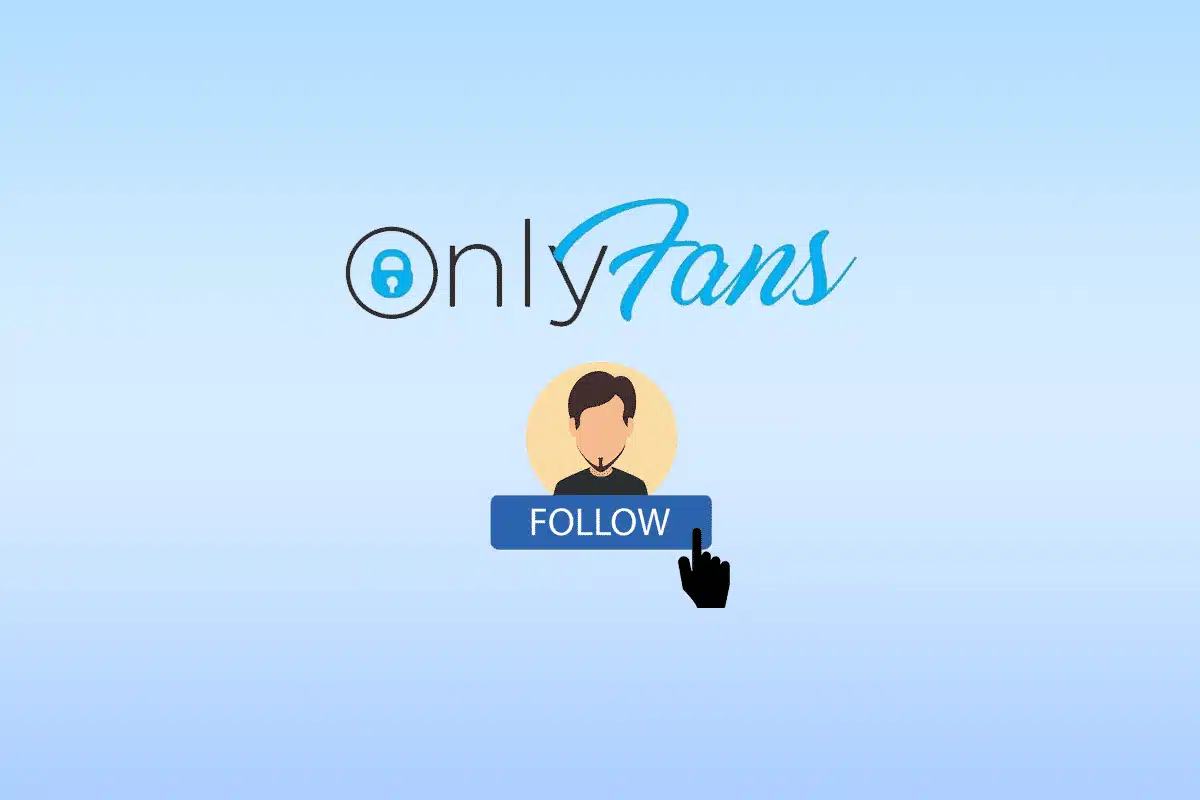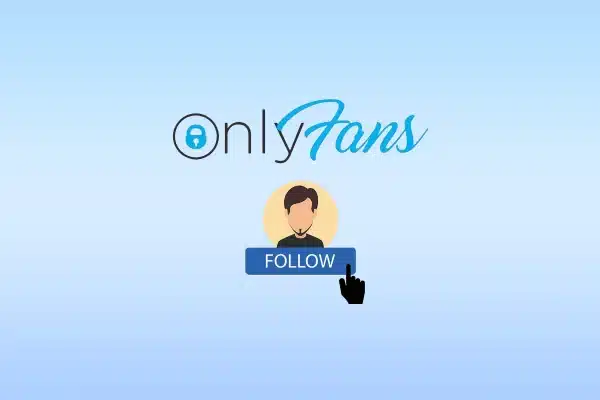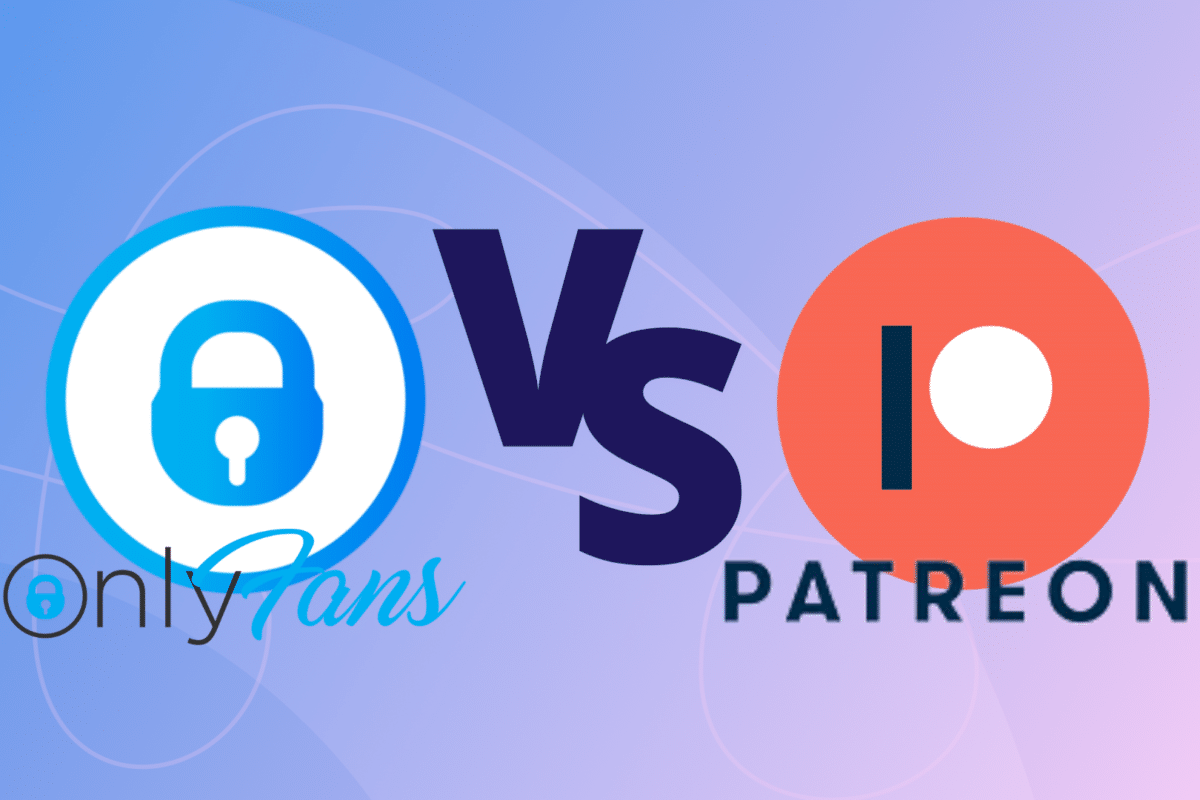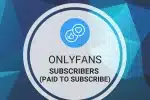Patreon Vs Onlyfans: Comparing Platforms For Content Creators
Content creators are increasingly turning to monetization platforms such as Patreon and OnlyFans to generate income from their work. Although these two platforms offer similar services when comparing Patreon vs Onlyfans there are distinct differences between them in terms of content delivery, fee structures, payment and payout processes.
This article aims to compare these two popular monetization platforms, highlighting the advantages and disadvantages of each in order for content creators to make an informed decision when selecting the right platform for their needs. Metaphorically speaking, both Patreon and OnlyFans provide a bridge between the creative mind of the content creator and a potential audience that is willing to pay for access to valuable material; however only one can be the right fit for an individual’s goals.
Key Points When Comparing Patreon vs Onlyfans
- Patreon offers monthly subscriptions and tiered payment system for exclusive benefits, while OnlyFans offers pay-per-view models.
- Patreon attracts larger audiences with fewer subscribers than OnlyFans, and emphasizes subscription-based rewards.
- OnlyFans offers custom link sharing capabilities, access to analytics tools, and higher commission fees.
- Careful consideration of branding strategies, marketing tactics, and digital promotion is necessary to maximize earnings potential on either platform.
Understanding the Need for Content Monetization Platforms
As content creators are seeking ways to monetize their work, the need for platforms such as Patreon and OnlyFans has become more apparent. Content creators must consider the financial benefits of these platforms before deciding which platform may be best suited for their needs. Additionally, understanding the levels of ownership and control that each platform provides is key in helping content creators make an informed decision on which platform would benefit them most.
In order to maximize potential income from a specific platform, content creators must also evaluate the promotion strategies available with each choice. Patreon offers various features that allow content creators to easily share their content through social media channels, while OnlyFans requires other methods of promotion outside of its own site. This factor could play a large role when making the final decision between both platforms as it affects how quickly and efficiently a creator can grow an audience base.
Moreover, both platforms have different payment structures that provide varying levels of compensation based on user engagement or support from followers. While some users prefer one-time payments offered by OnlyFans, others may prefer monthly subscriptions offered by Patreon due to its ability to create long term stability with consistent payouts over time.
As such, it is important for content creators to understand all aspects associated with both platforms before committing to any single option in order to ensure maximum financial gain from their efforts. Moving forward into an exploration of Patreon’s features will help provide further insight into this monetization option for aspiring influencers and content producers alike.
Patreon: A Closer Look at the Platform
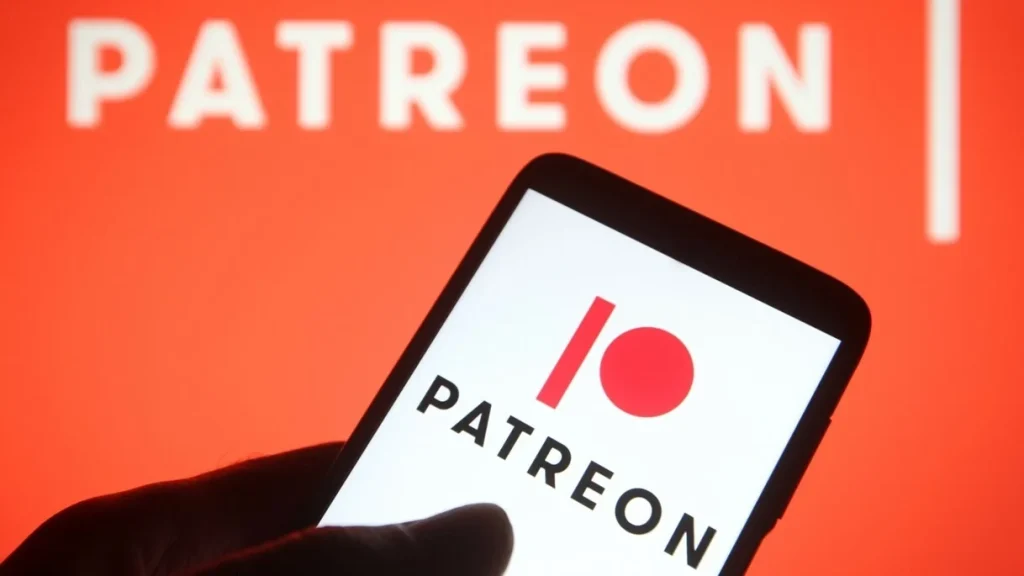
Patreon has emerged as a revolutionary monetization solution for creative individuals, allowing them to make money from their content. Through thorough research and examination, this paper delves into the intricate details of the platform.
Patreon is a subscription-based platform with powerful marketing approaches and content curation tools that enable creators to get paid for their work. It also offers collaboration opportunities which allow users to join forces and build an even larger fan base while earning more revenue.
The primary feature of Patreon is its tiered payment system that allows users to offer different levels of exclusive benefits in exchange for varying levels of subscription fees. This feature encourages patrons to invest more in creative projects by providing incentives such as early access to content or exclusive video streams. Furthermore, it helps creators secure recurring income from patrons who can decide how much they want to pay each month based on the value of the content they receive from their favorite creators.
As such, Patreon is an effective platform for creatives who are looking for ways to monetize their work through subscriptions and loyalty rewards. By taking advantage of its robust marketing features and collaboration opportunities, creatives can gain greater visibility while earning additional revenue from their fanbase. With these tools at hand, Patreon provides an effective solution for creatives seeking a reliable source of income from their work.
Moving forward, it will be interesting to see how Onlyfans compares with regard to these same features and capabilities.
OnlyFans: A Closer Look at the Platform
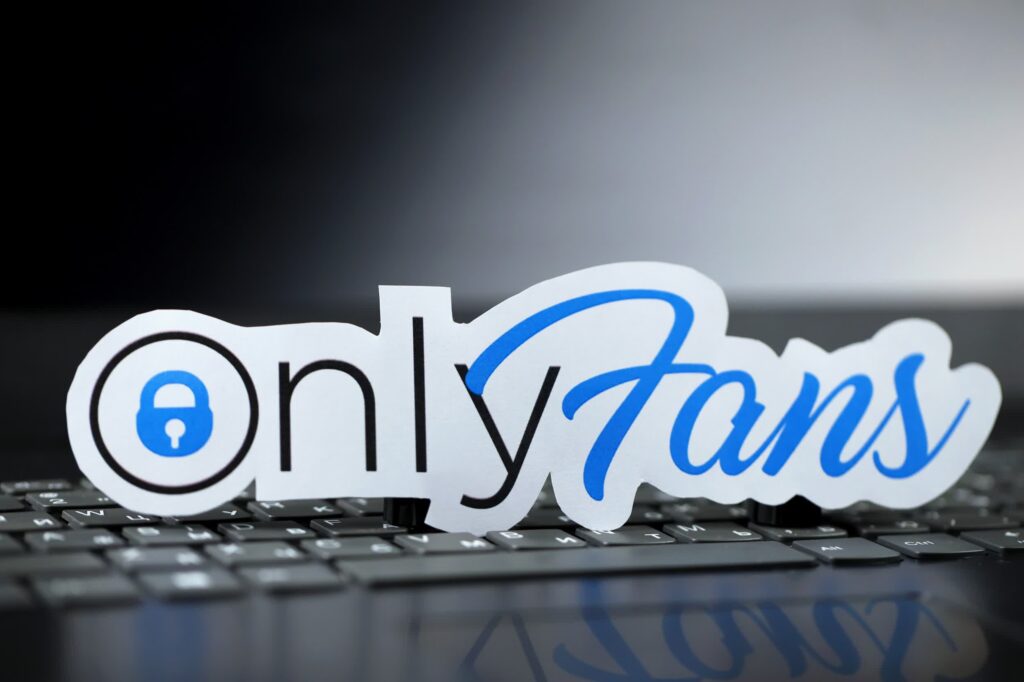
OnlyFans is a subscription-based platform that provides a unique way for creatives to monetize their work. It differs from other similar sites in that it allows content creators to promote their own material and create exclusive, private content for paying fans. Unlike Patreon, which offers subscription plans with access to creative works, OnlyFans features pay-per-view models which enable users to set their own prices and keep 100% of the money they make. This gives the creator more control over how much they can earn as well as what type of content they can offer.
Additionally, OnlyFans allows creators greater flexibility when it comes to audience engagement by enabling them to interact directly with followers through comments and messages. With its wide range of options for content promotion, creator support, and audience engagement, OnlyFans provides an attractive alternative for those seeking a direct connection with their fans. As such, it serves as an invaluable tool for independent artists looking to monetize their work in new ways.
By allowing both subscription-based models and pay-per-view models on the same platform, OnlyFans offers considerable advantages over other platforms like Patreon when it comes to earning income from creative endeavors. As such, it is becoming increasingly popular among creatives looking for new means of monetization. With its wide array of features and capabilities geared towards helping artists succeed financially without sacrificing artistic freedom or autonomy, OnlyFans provides an attractive model for those seeking alternative sources of revenue streams.
Moving forward into the next section about ‘subscription-based models vs pay-per view models’, we can explore further how these two approaches compare in terms of benefits offered and drawbacks posed by each model respectively.
Subscription-Based Models vs. Pay-Per-View Models
Subscription-based models and pay-per-view models are two distinct approaches to monetizing creative works, each offering its own unique set of advantages and disadvantages. A subscription-based model allows content creators to offer a pricing plan for their work, usually on a monthly or yearly basis. This model provides an ongoing stream of income for the creator, as well as increased customer engagement and promotion opportunities for their content. On the other hand, pay-per-view models allow viewers to purchase individual pieces of content on an ad hoc basis. While this approach typically yields higher returns per sale, it requires more effort from both the creator and viewer in terms of marketing and customer acquisition costs.
| Subscription Model | Pay Per View Model |
|---|---|
| Ongoing Stream of Income | Higher Returns Per Sale |
| Increased Promotion Opportunities | More Effort From Both Creator & Viewer In Terms Of Marketing & Customer Acquisition Costs |
| Longer Customer Engagement Cycles | Lower Barriers To Entry For Customers/Viewers |
| Higher Upfront Cost For Content Creators | Less Control Over Pricing Structure |
The table above summarizes the main differences between subscription-based and pay-per-view models. It is important to consider all factors when deciding which approach is most appropriate for a particular project or platform. Additionally, understanding how different pricing structures can impact customer engagement will be essential when creating successful campaigns that meet budget requirements while still providing value to customers. With this information in mind, it’s possible to make informed decisions about which monetization strategy best suits one’s needs while also maximizing potential profits. Moving forward into the next section about comparing the fee structures of Patreon vs OnlyFans provides further insight into how these two platforms differ in terms of structure and cost implications.
Comparing the Fee Structures of Patreon vs OnlyFans
Two popular monetization platforms, which differ in their fee structures, are Patreon and OnlyFans. Both offer content creators a means to make money from their creative work. However, the two platforms have different fee structures that affect how much content creators can earn through them. As such, it is important to understand these differences and how they could impact one’s earnings as a content creator.
Patreon has a subscription-based model of payment for its customers where they pay an amount per month or per post that is set by the content creator. Additionally, Patreon also charges a 5% platform fee for all payments made on its platform as well as additional processing fees of 2-10%.
On the other hand, OnlyFans operates on a pay-per-view basis where customers pay only for the content they view and no monthly subscriptions are involved. Furthermore, OnlyFans charges 20% commission from all payments made along with 3% + $0.25 processing fees for each purchase or subscription.
In terms of customer support and promotion strategies, comparing Patreon vs Onlyfans, they both offer robust options to ensure maximum customer satisfaction while providing numerous ways to promote one’s product or service online. For example, Patreon offers several levels of customer support ranging from basic emailing options to more complex customer service systems like Zendesk while allowing users to customize their own promotion strategies via social media integration tools like Twitter cards and Facebook ads manager integration.
Similarly, OnlyFans also provides various promotion tactics including custom link sharing capabilities as well as access to analytics tools that help track engagement metrics over time. Furthermore, both platforms provide varying levels of control when it comes to setting prices at which products can be sold or viewed depending upon user preferences.
As such, when evaluating monetization platforms for content creators it is important to consider not just the exclusive content offered by each platform but also factors such as the respective fee structures along with any associated costs related to customer support & promotional activities before making a decision about which platform best fits one’s needs. This will help provide better understanding when comparing both companies side by side in order determine which option will be most profitable in the long run for individual content creators who want make money off their creative work.
Evaluating the Exclusive Content Offered – Patreon vs Onlyfans
In order to maximize the earning potential of content creation, it is essential to evaluate the exclusive content offered by each monetization platform. If we are to compare their exclusive content offers on Patreon vs Onlyfans to their customers in exchange for a monthly subscription fee. The type of content available, as well as its accessibility, play a role in customer satisfaction and revenue sharing.
| Patreon | OnlyFans | |
|---|---|---|
| Content Type | Videos, podcasts | Videos, photos |
| Accessibility | Free/Premium | Private/Public |
| Fee Structure | Monthly/Per-creation | Subscription Fee |
On Patreon, creators can post videos or podcasts that are either freely accessible or available exclusively with a premium membership. Meanwhile on OnlyFans, creators can post both public and private videos or photos that require the viewer to pay a subscription fee to access them. Because of this difference in terms of accessibility and pricing models, the way these platforms generate revenue from exclusive content varies greatly which affects customer satisfaction levels and revenue sharing opportunities for creators.
The differences between these two platforms demonstrate how each one caters to different types of creators with varying needs when it comes to offering exclusive content. As such, understanding what kind of exclusive content works best on each platform is key to achieving maximum profits from creating digital media products. Thus it is important for all prospective creators considering either platform to carefully examine its features before committing resources into utilizing it.
Analyzing the Target Audience on Onlyfans vs Patreon
Analyzing the target audience of monetization platforms requires examining how they cater to different types of creators and their varying needs.
When comparing marketing strategies of Patreon vs Onlyfans, they have both developed such strategies to reach a diverse range of demographics, though there are distinct differences in which audiences each platform focuses on.
For instance, Patreon is more popular among independent artists who create content such as music and webcomics, while Onlyfans has become widely known for adult content creators.
These distinctions demonstrate how each platform caters to different target audiences depending on their type of creative content.
Platform comparisons also reveal that Patreon tends to attract larger audiences with fewer subscribers than those seen on Onlyfans.
This could be due to the fact that Patreon offers exclusive subscription-based rewards whereas Onlyfans emphasizes transactional pay-per-view services with no subscription commitment from users.
Therefore, it appears that the two platforms have different target markets in terms of loyalty versus convenience when it comes to engaging with content creators.
Ultimately, both platforms offer unique advantages for creatives looking for ways to supplement their income through monetizing their work online.
While these platforms may appear similar at first glance, closer examination reveals important nuances between them that determine which platform best suits one’s individual needs based on the type of content created and desired audience engagement level.
Moving forward, exploring the community and networking opportunities available on each platform will provide further insight into which is best suited for a particular purpose or goal.
Exploring the Community and Networking Opportunities
Investigating the community and networking prospects available on monetization platforms can reveal unique advantages for creative professionals. Platforms such as Patreon and Onlyfans provide content creators with a range of opportunities to network, collaborate, and build an engaged fan base. These platforms allow users to engage in content marketing activities, establishing influencer partnerships that promote their work and increase their visibility. Additionally, users can monetize their content through subscriptions or donations from fans.
The user community available on these platforms allows creative professionals to benefit from the advice and experience of other members, boosting engagement levels with their own audience. This collaboration also helps content creators expand their reach by allowing them to expand into new niches within their field of expertise. Furthermore, it offers useful insights into market trends that can be used to create more engaging content for viewers while increasing the potential revenue they can generate through monetizing activities.
By understanding how these platforms enable interaction between members of the same community, creative professionals are able to take advantage of powerful resources that help them maximize both viewership and revenue potential. As such, when considering which platform is right for them they should factor in the type of networking opportunities each one provides before making a decision. Understanding legal and ethical considerations related to using these platforms is essential if they are going to use them effectively moving forward.
Understanding the Legal and Ethical Considerations on Patreon vs Onlyfans
Examining the legal and ethical implications associated with monetization platforms is essential for creative professionals to ensure successful usage of these resources.
Age verification processes are a key part of such platforms, as they protect minors from being exposed to inappropriate content. There are also privacy policies that must be taken into account in order to comply with applicable laws and regulations. In addition, content filtering can help creators distinguish between material suitable for their target audiences and material that may be too explicit or offensive.
The implementation of appropriate measures to control user access is critical in order to safeguard both the platform’s reputation and the safety of its users. Such requirements should include age verification, secure sign-up procedures, password protection, and other methods designed to ensure only authorized individuals access the service.
Furthermore, it is important for creators to familiarize themselves with local laws about copyright infringement since not all materials used in their online activities may be free from legal issues.
Creators need to have a clear understanding of their obligations regarding data security practices when using monetization platforms. This includes ensuring personal information is collected responsibly and kept secure by implementing appropriate technical measures against unauthorized access or misuse. It also means making sure all applicable rules regarding data protection are followed at all times when handling customer information or engaging in marketing activities related to their work on such services.
Transitioning now into examining the payment and payout processes will further shed light on how creators can make use of these resources efficiently while avoiding potential legal conflicts.
Examining the Payment and Payout Processes on Patreon vs Onlyfans

The payment and payout processes of Patreon and OnlyFans are important for content creators to consider when selecting the right platform for their brand and content. Both platforms offer automated payments, but differ in how they enable creators to receive payouts. Understanding these differences is key in deciding which service is more suitable for one’s needs.
Patreon offers a monthly subscription model, wherein creators earn money from patrons based on the number of subscribers they have, as well as any additional contributions. Moreover, Patreon pays out all funds earned at the end of each month via PayPal or direct deposit. It should be noted however that due to its popularity, some creators experience delays with payments and payouts on this platform.
On the other hand, OnlyFans offers a different system – per-post payments – which allows users to purchase individual posts directly from content creators. Furthermore, unlike Patreon, payouts can be sent within 24 hours after a purchase has been made provided that the user’s account meets certain criteria such as age verification or minimum earnings thresholds met by their content quality standards. Additionally, OnlyFans supports both manual transfers as well as automatic transfers via Stripe Connect or Payoneer depending on country availability and currency requirements.
Overall it is clear that there are distinct advantages and disadvantages between both services when it comes to payment processing including payout delays, automated payments options and content quality standards set by each company respectively; therefore making an informed decision about which platform best suits one’s needs is essential before committing to either service. Knowing what each platform offers in terms of payment processing can help streamline this process when choosing the right option for your brand and content.
Choosing the Right Platform for Your Brand and Content
When selecting the appropriate platform for their brand, content creators must consider a variety of factors to ensure they make the right decision. One important factor is the ability to develop and maintain effective branding strategies. Platforms like Patreon allow content creators more control over how they present themselves and their work, while platforms like OnlyFans provide less opportunity for customization in terms of look and feel.
Content creators should also take into account the marketing tactics available on each platform when making their choice. Patreon offers an array of digital promotion tools, such as customizable web pages and email campaigns, which can help them reach new audiences quickly and easily. However, OnlyFans does not offer any comparable features or services.
Finally, content creators should evaluate the user experience offered by each platform before settling on one; both Patreon and OnlyFans have clear advantages in terms of usability that may be better suited to certain types of brands than others.
Ultimately, selecting the right platform is essential for achieving success as a content creator; careful consideration should be given to potentially game-changing elements such as branding strategies, marketing tactics, and digital promotion before making a final decision. As these aspects are closely intertwined with maximizing earnings as a content creator, it is wise to weigh all available options prior to committing to one particular platform.
Maximizing Your Earnings as a Content Creator
Successfully monetizing content can be a difficult endeavor for creators; however, with the right strategies and platforms, it is possible to maximize earnings. When comparing Patreon vs OnlyFans as potential platforms for content creators, there are several factors to consider:
- Branding Strategies: Content creators should think carefully about how their brand will interact with the platform they choose. Both Patreon and OnlyFans have different branding strategies that content creators can use to build an audience.
- Copyright Laws: It is important to understand the copyright laws associated with each platform when making a decision on which one to use. Knowing how copyright works in each platform will help ensure that your content is protected from unauthorized use or distribution.
- Content Delivery: The way in which content is delivered between Patreon vs Onlyfans also varies greatly. Knowing the differences between these two services – both in terms of cost and features – can help make sure you get the most out of your monetization efforts.
Content creation has become increasingly competitive over recent years, making it essential for creators to optimize their strategies accordingly in order to maximize their earnings potential.
By taking into account branding strategies, copyright laws, and content delivery options available on platforms like Patreon and OnlyFans, content creators can increase their chances of success by finding the best platform for them and their brand.
Frequently Asked Questions
Are content creators allowed to have accounts on both Patreon and OnlyFans?
Imagery of a bustling virtual marketplace stands out: content creators can have accounts on both Patreon and OnlyFans, each with its own fee structures, payment methods, and customer support. Analyzing these in detail reveals the nuances of decisions between them.
Are there any restrictions on the type of content creators can post on either platform?
Content creators must adhere to the advertising rules of each platform when posting content. The payment options and monetization strategies are likely to vary, so creators should familiarize themselves with the terms of use for both.
What is the minimum age requirement to create an account on Patreon or OnlyFans?
Though payment methods, fee structures, and account security are important considerations in determining the minimum age requirement to create an account on either platform, it is ultimately set at 18 years of age. This is due to legal requirements surrounding financial transactions and the protection of minors.
Does either platform offer any promotional tools for content creators?
Both Patreon and OnlyFans offer various promotional tools for content creators, such as paid advertising, content monetization and affiliate marketing. These tools allow creators to maximize their earnings potential by utilizing effective marketing strategies.
Are content creators able to cross-promote their accounts on other social media platforms?
Content creators can access followers and engage audiences from other social media platforms to monetize their content. Cross-promotion of accounts between platforms is possible, enabling content creators to increase revenue potential.
Conclusion
The decision to monetize content is a complex one, and each platform has its own advantages and disadvantages. Ultimately, the choice between Patreon and OnlyFans depends on the content creator’s unique needs.
Both platforms offer opportunities to build an engaged fanbase and monetize content in different ways. It’s important for creators to weigh their options carefully when exploring these two platforms, understanding how fees, legal regulations, payouts, and other factors will affect their income potential.
In the end, selecting the best platform for your brand can be a daunting task; however with careful research and consideration of all available options, it can be done with confidence.








